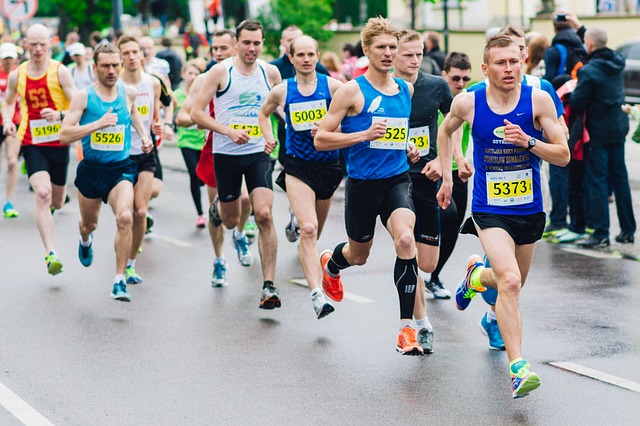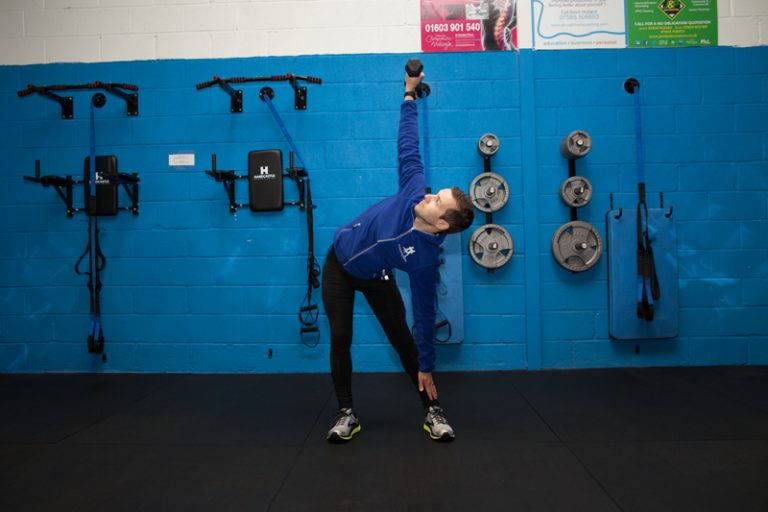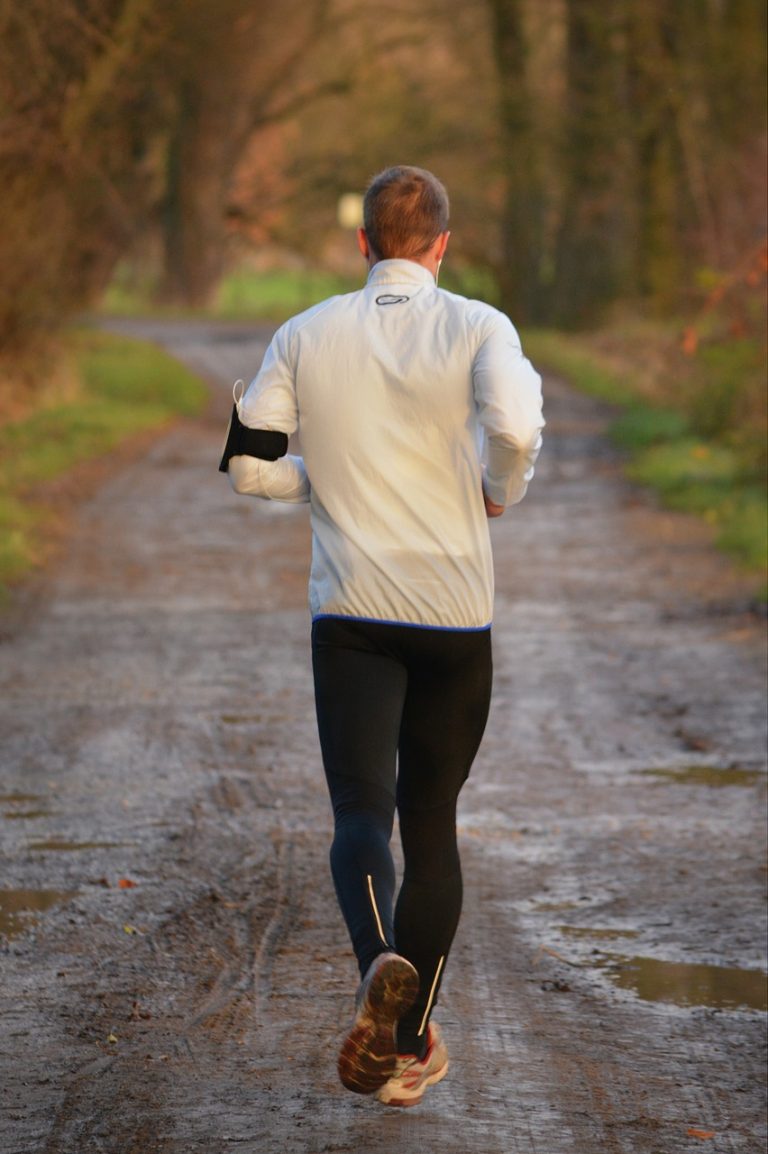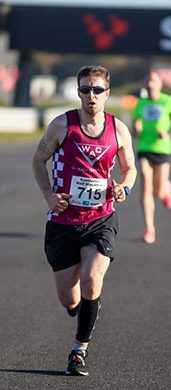How to run downhill
What goes up must come down, but if you’re not making the most of the downhill sections, you need to read this.

What goes up must come down, but if you’re not making the most of the downhill sections, you need to read this.
After your long training run, marathon or ultra, you may well have a fair bit of leg soreness from all the work you’ve done. Here are my tips to help you get back to normal that bit faster. Get…

Strength training is something I recommend for every runner, no matter their fitness level. It has numerous benefits which I’ve covered in previous blogs. Here we’re going to look at when in your day you should perform strength training and…

Marathons require a lot of mileage, with the key session of each training week being a long run. Can this be split up and made into two runs? How can it be done in the best way? Let’s find out….

What’s the deal with blisters? They can be a real nuisance, they used to be associated with new footwear, but oftentimes new shoes are comfortable straight out of the box. So how do we get blisters? The answer is SHEAR….

When people talk and write about habit change, we tend to think about dieting and New Year’s resolutions a lot of the time, but habit change goes way beyond the scope of an arbitrary date or what we eat. Let’s…

Whilst you may race many times per year, there are no doubt a couple of races which are most important to you, whether that’s because they’re flat and fast to run a PB, or it’s a challenging course that you…